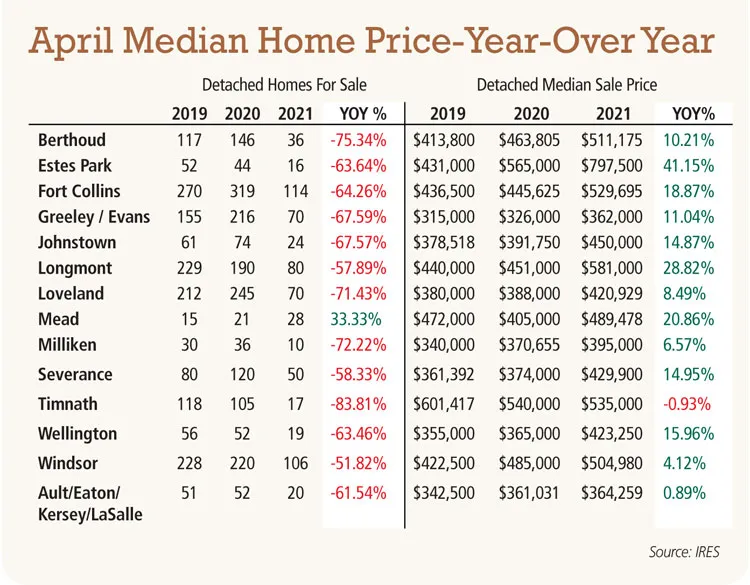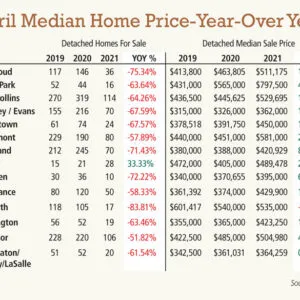Wells: Boomers hold key to housing shortage


The country and our region have been gripped by housing shortages that have led to heavy supply-and-demand imbalances that continue to jolt local real estate prices higher and higher. COVID-19 amplified the velocity of interest in small town America, and Northern Colorado has certainly been a hot target for relocating families. With the influx of new migrants, we have seen a feeding frenzy market. When and how will it subside?
Builders
Since the Great Recession, according to a new Freddie Mac report, the nation is 4 million to 5 million homes short of meeting the country’s housing demand. There has been a 52% rise in the nation’s home shortage compared with 2018, the first time Freddie Mac quantified the shortfall. Builders have ramped up their velocity based upon this strong demand, but most of the underbuilding post-Great Recession is driving the current supply constraints in the market. The country hit its 20-year high for housing starts in January of 2006 with 2.2 million new homes under construction. In April of 2009, the country produced only 478,000 new homes — less than 25% of the figure from three years earlier — as builders were decimated in the wake of the subprime mortgage crisis. They have continued to slowly and steadily build, but are way behind the housing demands of Generation X and the Millennial Generation. Since 2006, we have averaged 1.02 million housing starts per month, while historically the country has averaged 1.5 million starts monthly since 1959. With the current demand, we have just now seen new starts ramp up to reach levels slightly above historic averages, at 1.7 million per month.
SPONSORED CONTENT
With the cost of materials such as lumber, steel, and other necessary components skyrocketing, builders will struggle to be the answer to our long-term supply constraints.
The answer lies in Boomers
The Boomer Generation (1946-1964) is estimated to own more than 40% of single-family homes in the United States. Many of these serve as primary residences, but a healthy percentage of these homes are included in investment inventory. Boomers have invested heavily in real estate, typically in entry-level housing. Over the past decade or so, those investments have become an incredible wealth-generating asset, helping Boomers amass more than $59.4 trillion in wealth, by far the largest of any generation in history. At the end of 2020, Boomers held more than half of U.S. household wealth — about $59 trillion — or more than 10 times the amount held by a comparative number of Millennials.
In turn, Boomers also hold the key to the inventory of housing in the country. Therefore, incentivizing this group to offload their holdings — sooner rather than later — might be a better strategy than continuing to escalate prices at the paces we have seen over the last decade. Through inheritance to their Gen X and Millennial children, Boomers are slated to pass along more than $68 trillion by 2030. But this does not solve the inventory lock up. Perhaps allowing a Boomer to avoid capital gains, or significantly reducing the capital gains hit if a property is sold to a first-time home buyer, would be a solution that would help break the stalemate of today’s inventory stranglehold. To me the answer to this inventory shortage lies with the Boomers, not the builders. Regardless, the future of real estate and its value continues to be the strongest of any investment, based on the fundamental supply and demand economics.
Brandon Wells is president of The Group Inc. Real Estate, founded in Fort Collins in 1976 with six locations in Northern Colorado.


The country and our region have been gripped by housing shortages that have led to heavy supply-and-demand imbalances that continue to jolt local real estate prices higher and higher. COVID-19 amplified the velocity of interest in small town America, and Northern Colorado has certainly been a hot target for relocating families. With the influx of new migrants, we have seen a feeding frenzy market. When and how will it subside?
Builders
Since the Great Recession, according to a new Freddie Mac report, the nation is 4 million to 5 million homes short of meeting the country’s housing demand. …




